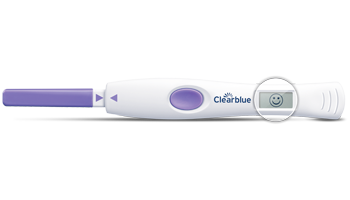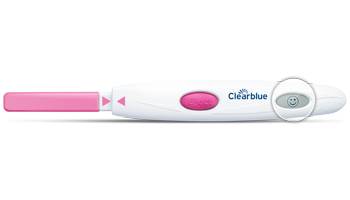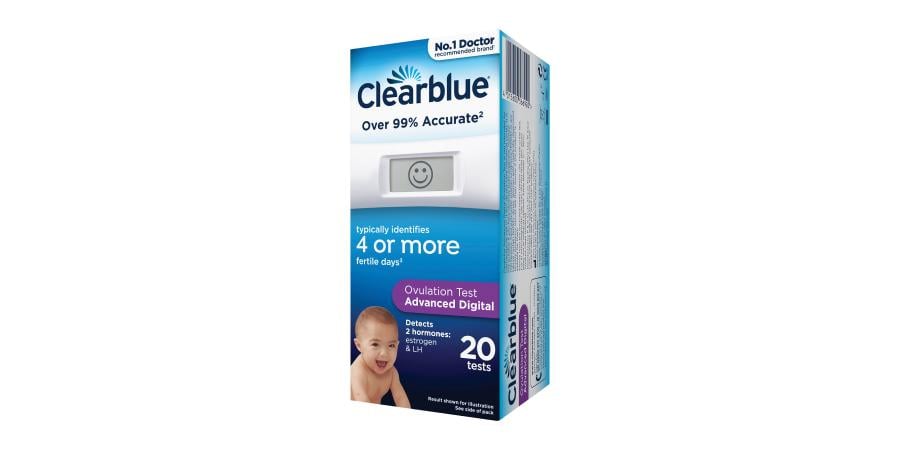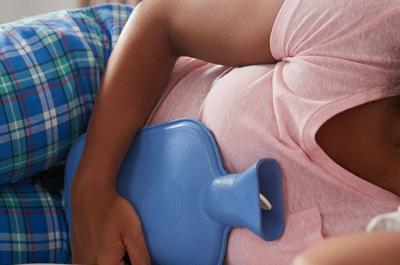Knowing your most fertile days can increase your chances of getting pregnant and knowing the likelihood of ovulation on a specific day may help you better understand your fertile window. Use our ovulation calculator to find the days you’re most likely to ovulate.
When am I likely to ovulate?
Understanding your ovulation calculator results
There are many ovulation calculators available today that estimate when your fertile days will occur. These calculators are a form of ‘calendar method’ and work on average data without reading anything about your personal hormone levels. However, none of us are ‘average’:
1. Cycle lengths vary from woman to woman and cycle to cycle - in fact nearly 52% of menstrual cycles vary by 5 or more days1
2. The timing of ovulation can vary by a few days, even in regular cycles.
Which method is more accurate?
Clearblue Digital Ovulation Tests are over 99% accurate in detecting the LH surge that happens 24-36 hours before ovulation, so they are more accurate than calendar and temperature methods at predicting the most fertile days2.
Over 99% accurate at detecting the LH surge
To accurately identify your fertile days use an ovulation test that detects the changes in your personal fertility hormones in urine. Ovulation tests are 2x more accurate than calendar method3. Clearblue Digital Ovulation Tests are over 99% accurate in detecting the LH surge to identify your most fertile days.
This ovulation calculator is by no means a substitute for knowing what is going on in your body, but rather it should be used for informational purposes only. An ovulation calculator estimates your potential ovulation days by taking your average cycle length and the date of your last period - so it’s basically using the calendar method. An ovulation test measures your personal hormone levels to give you an accurate prediction for the day you ovulate and the days leading up to ovulation.
(X) MYTH: Menstrual cycles are always 28 days long and every woman ovulates on day 14.
(✓)FACT: The average menstrual cycle is 28 days long, but every woman is unique and nearly 52% of women’s cycles vary by 5 days or more1. As menstrual cycles vary in length, so does the timing of ovulation, so it can be difficult to know when YOUR fertile days are.
Should we have intercourse every day I am fertile?
Professor William Ledger
Sperm that are stored within the testicles for too long accumulate damage to the DNA and are less fertile. With couples who have frequent (daily) intercourse, the man will have a lower sperm count per ejaculation but the sperm will be more fertile. If you are trying to conceive then try to have intercourse at least every other day around the time of ovulation.
Why is an ovulation calculator different to a fertility calendar?
An ovulation calculator estimates how likely you are to release an egg on a particular day in your menstrual cycle. A fertility calendar tells you the days on which you’re more likely to conceive if you have sex.
When an ovary releases an egg this is known as ovulation and this happens once during your menstrual cycle. An ovulation calculator provides an estimate of how likely you are to ovulate on certain days in your cycle and can help you identify your most fertile days. These calculators work by taking the first day of your last period and the length of your menstrual cycle to give a range of days when you may release an egg.
After an egg is released, it only survives for up to 24 hours, so knowing when you ovulate gives you a very narrow fertility time window for intercourse. The good news is you have more fertile days when you can get pregnant since the chance of conception doesn’t just depend on the lifetime of the egg, but also on the lifetime of the sperm. Sperm can survive in your body for up to 5 days after intercourse, so you can conceive even if you have sex 4 or 5 days before ovulation. Your fertility window is the number of days that the egg and sperm can survive and this is usually around 6 days.
The 2 most fertile days during this 6-day fertility window are known as peak fertility days. This is the day before ovulation and the day ovulation takes place. An ovulation test measures the surge of luteinising hormone (LH), which happens just 24-36 hours before ovulation, so you can accurately identify your 2 most fertile days.
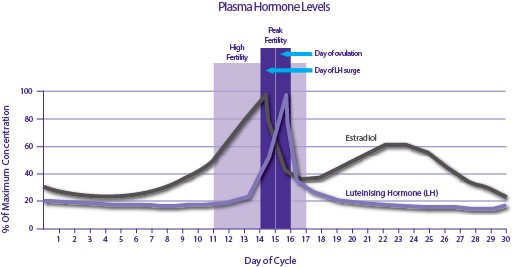
Use our ovulation calculator to get an approximation for when you ovulate. The more you know about your cycle, the easier it will be to know your fertile window.
You can identify a wider fertility window if you use an ovulation test that also detects estrogen. In the days leading up to the LH surge, your estrogen level will rise and reaches a threshold that triggers the pre-ovulatory LH surge. Tracking your hormones, estrogen and LH, will allow you to identify the days of high fertility leading up to ovulation.
By identifying the additional fertile days before ovulation, you will have more flexibility to plan intercourse around your life and find more opportunity to conceive.
Other methods of determining when you ovulate, like basal body temperature and the calendar method only inform you that you have already ovulated – after your fertility window closes for that cycle – so are less effective if you want to conceive.
What is the difference between ‘ovulation’ and ‘fertile days’?
'Ovulation' is the process of an egg being released from an ovary and this happens 12-16 days before your next period starts.
'Fertile days' are the days during a woman's menstrual cycle, leading up to and including the day of ovulation, when you have the ability to become pregnant if you have unprotected sex.
When are the highest and lowest chances of getting pregnant?
The most fertile days each cycle when you have the best chance of getting pregnant from unprotected sex, are the day of ovulation and the day before – these are the 2 days of ‘peak fertility’. However, due to the fact that sperm can survive for several days in a woman's body during her fertile time there are also a few days before this when you also have an opportunity to get pregnant – these are the days of ‘high fertility’. Outside this ‘fertility window’ of about 6 days, the chances of getting pregnant are low.
- Soumpasis I et al (2020) Human Reproducution Open.
- Brezina PR., et al. Fertil & Steril (2011); 95(6): 1867-78
- Study of 101 women in the UK comparing a simple calendar method to likelihood of conducting a test on LH surge day (2011).
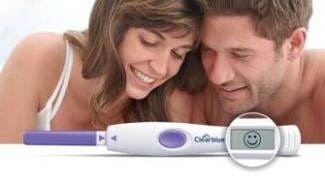
Advanced Digital Ovulation Test
In every cycle there are only a few days when a woman can conceive, so having sex on these days is very important if you are trying to get pregnant. The Clearblue® Advanced Digital Ovulation Test is the first and ONLY test that typically identifies 4 or more fertile days each cycle.
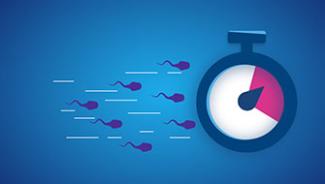
How to get pregnant faster?
Having sex at the right time of your cycle is key, so identifying your fertile days with an ovulation test will help you get pregnant faster.

